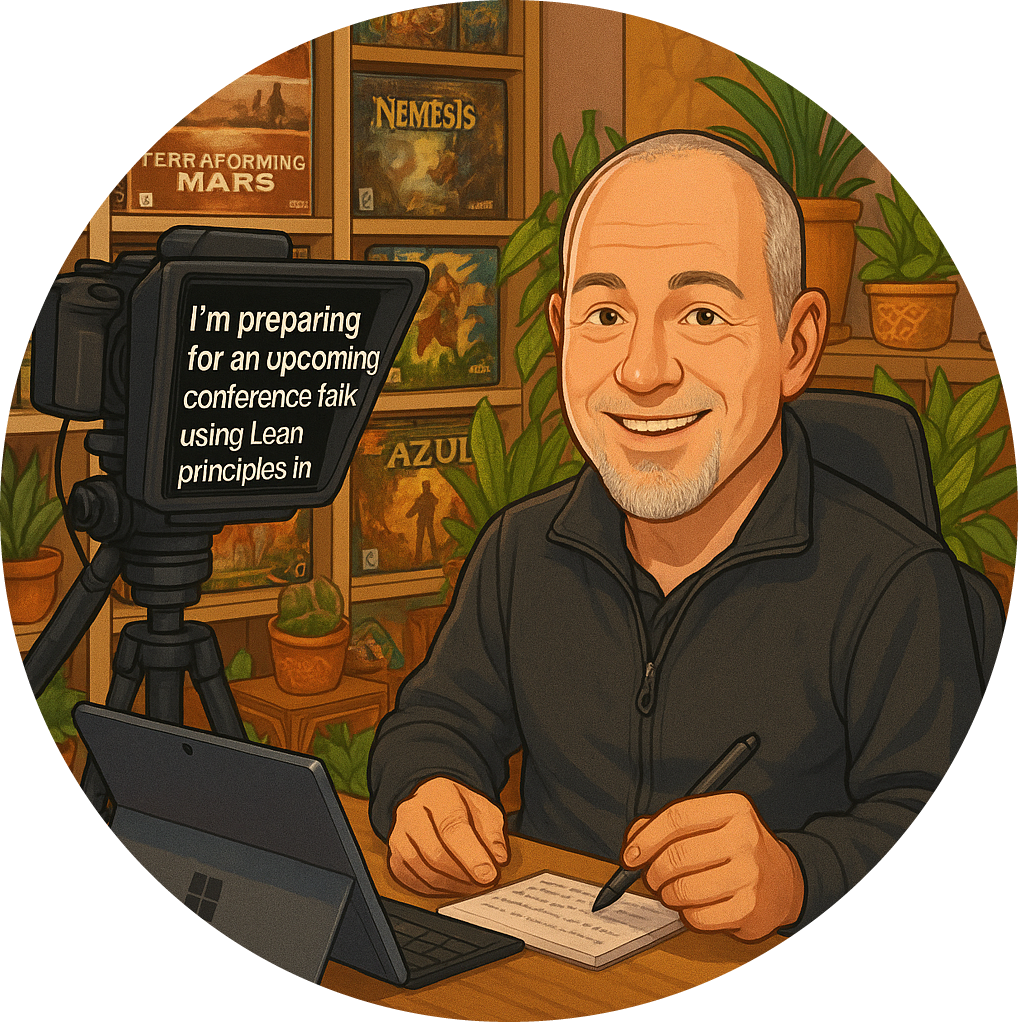When should an organisation consider a professional agile consultant?
Hello Agile enthusiasts! 🙌
Today, let’s take a deep dive into a vital question many people ask that can make a world of difference to an organisation: “When is the right time to bring in a professional Agile consultant?
The Low Point: Failure Can Be an Opportunity
I’ll never forget what the renowned Ken Schwaber taught me: the simple yet heartbreaking answer to this question is when an organisation has almost unimaginably failed to deliver or be successful in whatever endeavour they’re trying to achieve.
Facing Unimaginable Failure: An Opportunity to Change!
From my experience as an Agile Coach, it is at this very moment, when an organisation is reeling from failure, that they are most open to change. 🚩
Suddenly, with failure staring them in the face, there is undoubtedly a collective realisation, which is the same: “We need something different. We need to try something different and something new.” 🔄
You might find what I’m about to say interesting. But I actually know of a company that switches to Scrum and Agile when a project is in jeopardy and then reverts to Waterfall when it’s over.
Now, don’t you find that unproductive and plain bizarre?
While this approach is highly unorthodox, the failure to deliver creates a desire and need for almost palpable change.
But here’s the kicker - the failure to deliver stirs up a potent desire for change.
So like me and the organisation, you’re probably saying that this is the best time to bring in a professional to help. 💡
Beware the Agile Sales Pitch
This is the point where I have to stress caution. ⚠️
Organisations should always be aware of the many silver-tongued salespeople out there. 💼
At such critical junctures, when desperation for help sets in, organisations need to wait and be patient and cautious. However, in my years, I’ve seen organisations often turn to large consulting companies who, while they might talk a good game, don’t necessarily understand Agile.
It’s a pitfall of being “won over by fast-talking PowerPoint presentation gurus that can talk a good game but can’t actually deliver.” Hence, it’s crucial to find the right Agile expertise; this is where a professional Agile consultant comes in.
Companies are often swayed by fast-talking PowerPoint gurus who, despite their eloquence, may not actually be capable of delivery.
An organisation needs to find the right Agile, which is why a professional Agile consultant is key. 🗝️
The Question That Always Matters: Can We Be Better?
As you probably know by now, my answer is a solid ‘yes’.
As an Agile Consultant, I always encourage a high point and continuous improvement , so I have another answer to this article’s question, another side to this coin, of ‘when should an organisation consider a professional Agile Consultant,’ which is “any time is the right time!”
Perhaps your organisation is achieving its goals and you wonder, “Could we be better?”
Sometimes, having an outsider review your operations and produce a “state of Agile” or “state of DevOps ” report can provide a fresh perspective.
I’ve done this a lot, interviewing people in the organisation, right up through the leadership and even the customers, to create a roadmap for the organisation’s next big thing. 💼
The Outside-in Perspective: An Agile Gamechanger
I think that there’s always so much power from an external perspective. 👀 It’s one of the main benefits of a professional Agile consultant is the “outside-in” perspective.
Often, it takes an outsider’s perspective to recognise problems or identify growth opportunities. When we’re “in the jar looking out,” it can be tough to see what our own problems are. 👀
So, consider bringing in a professional Agile consultant whether you’re struggling or feeling under the weight of a failed project or performing well but wondering if there’s room for improvement. 🧭
Join us for our next Agile Practitioner Series course, where we’ll delve into these topics and more! 💼
Naked Agility is an #agile consultancy that specializes in #scrumtraining, #agilecoaching and #agileconsulting to help teams evolve, integrate, and continuously improve.
We recognize the positive impact that a happy AND inspired workforce can have on customer experience, and we actively help organizations to tap into the power of creative, collaborative, and high-performing teams that is unique to #agile and #scrum environments.
If you are interested in #agiletraining, visit https://nkdagility.com/training/
If you have identified the need for #agilecoaching and #agileconsulting, visit https://nkdagility.com/agile-consulting-coaching/
We would love to work with you.
#scrum #agile #scrumteam #agileprojectmanagement #agileproductdevelopment #projectmanagement #productdevelopment #agilecoach #agileconsultant #agiletraining #scrumtraining #scrumorg
Keywords: Agile, Scrum, AgileConsultant, ContinuousImprovement
Hashtags: **#AgileTransformation #ScrumMastery #AgileConsultancy
Hashtags:
#Agile, #AgileCoach, #Scrum, #ScrumMaster, #AgileCentre, #ProductOwner, #BusinessAnalyst, #AgileProjectManagement, #BusinessAgility, #ScrumTraining, #AgileProductDevelopment.


























